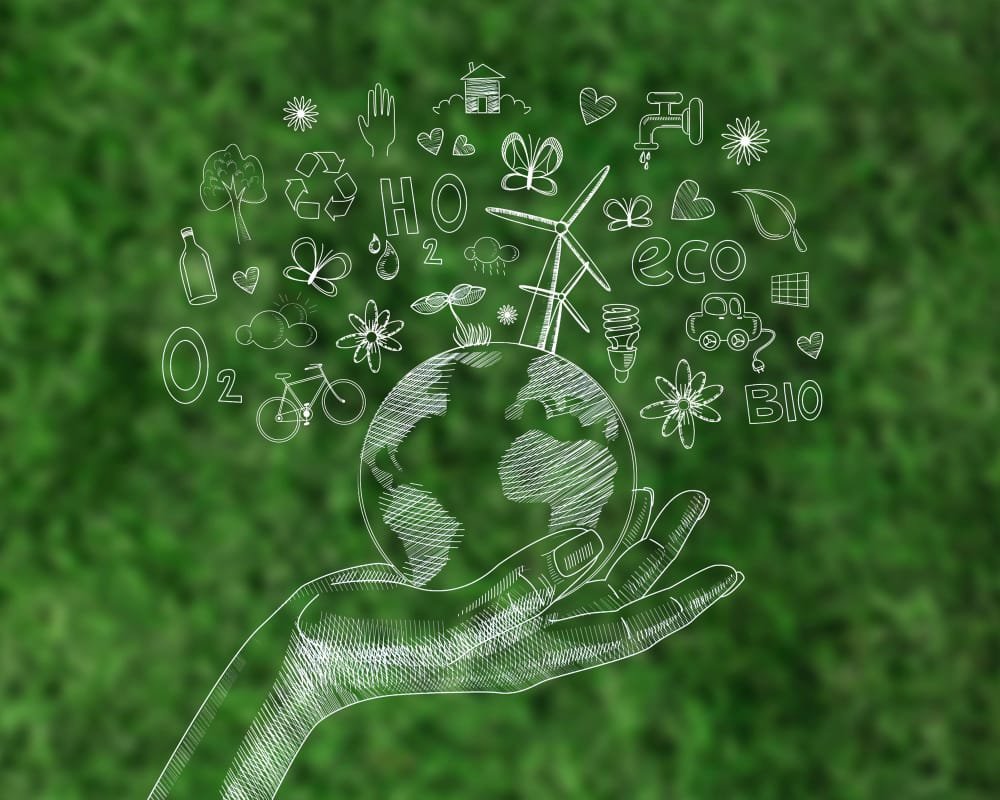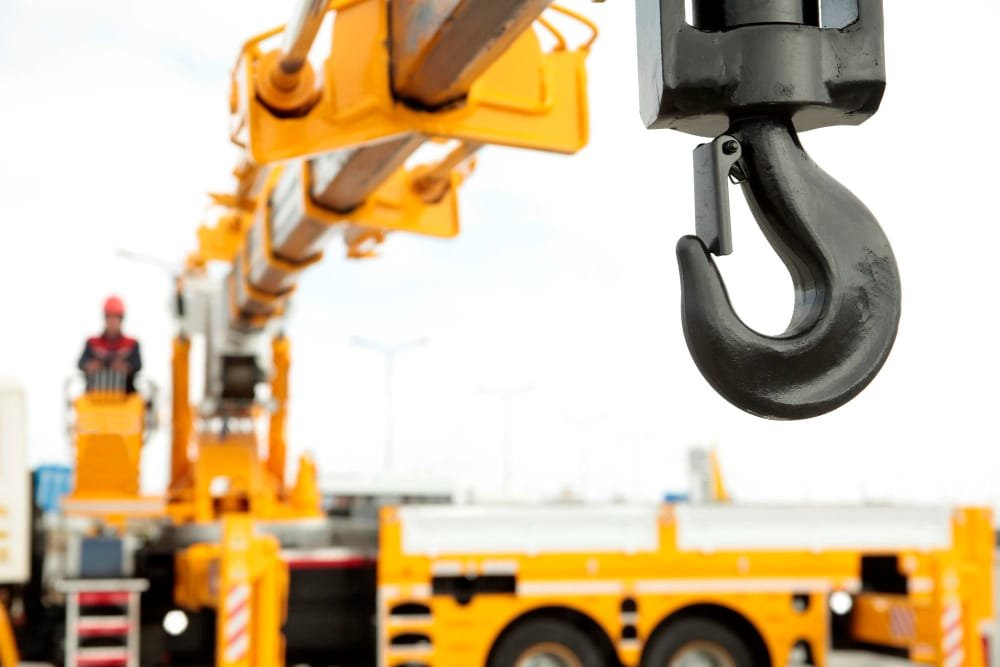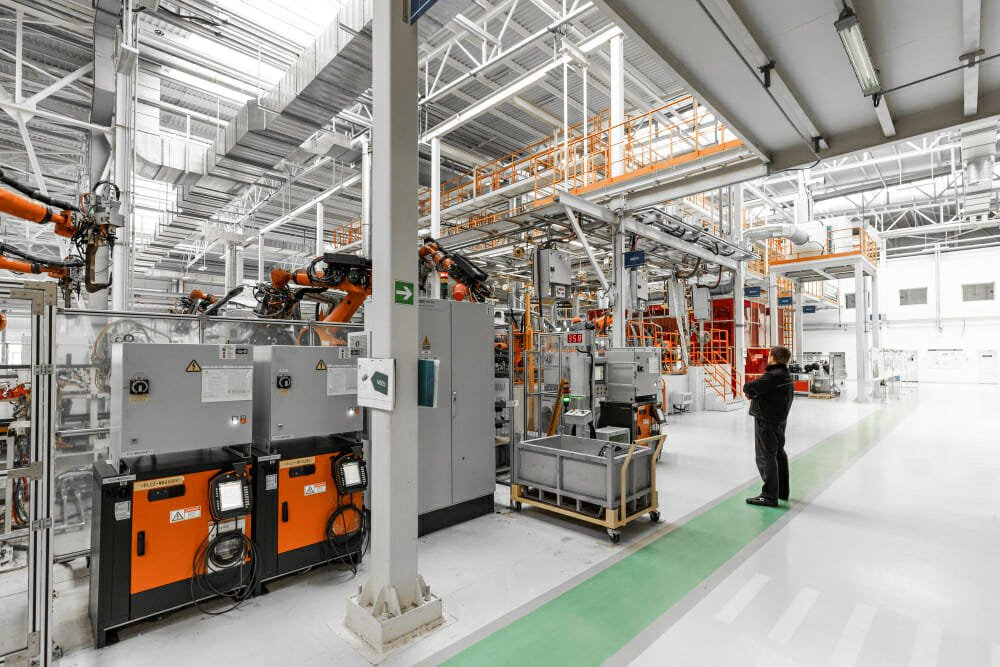In the wake of intensifying climate change concerns, the imperative to reduce carbon emissions has become increasingly critical, especially for heavy industries that significantly contribute to global greenhouse gas emissions. This article explores the innovative technologies and strategies that can help these industries effectively control their carbon footprint.
Understanding the Scope of Carbon Emissions in Heavy Industries
Heavy industries, including steel, cement, and chemical manufacturing, have long been recognized as major contributors to global carbon emissions. Understanding the scale and sources of these emissions is crucial in developing effective reduction strategies.
Analyzing Current Emission Levels and Trends
Heavy industries contribute to a significant portion of global carbon emissions, with some sectors responsible for more substantial contributions than others. Analyzing current emission levels and their trends provides a comprehensive understanding of the extent of the issue.
Identifying Key Sources of Carbon Emissions
Identifying the primary sources of carbon emissions within heavy industries is pivotal to implementing targeted measures. Common sources include energy consumption, transportation, and industrial processes.
Innovative Technologies for Carbon Footprint Reduction
Implementing innovative technologies is paramount in curbing carbon emissions in heavy industries. Several groundbreaking solutions are proving effective in reducing the carbon footprint of these sectors.
Carbon Capture and Storage (CCS) Technology
CCS technology offers an effective approach to capturing carbon dioxide emissions from industrial processes and storing them underground. This technology has the potential to significantly reduce the overall carbon footprint of heavy industries.
Renewable Energy Integration
Integrating renewable energy sources, such as solar and wind power, into heavy industrial processes can considerably minimize reliance on fossil fuels. This shift towards sustainable energy sources is proving to be a pivotal step in reducing carbon emissions.
Energy-Efficient Manufacturing Processes
Incorporating energy-efficient manufacturing processes, such as advanced heat recovery systems and optimized operational practices, can lead to substantial reductions in carbon emissions without compromising production efficiency.
Sustainable Practices and Policies for Emission Control
Besides technological advancements, implementing sustainable practices and policies is crucial for effective carbon footprint reduction in heavy industries. Several initiatives and regulations are playing a significant role in promoting sustainable practices within these sectors.
Governmental Regulations and Carbon Taxation
Stringent governmental regulations and carbon taxation policies are instrumental in incentivizing heavy industries to adopt cleaner technologies and practices. These policies not only encourage emission reduction but also drive investments in sustainable innovations.
Industry Collaboration and Carbon Neutrality Pledges
Encouraging industry collaboration and fostering carbon neutrality pledges are effective ways to create a collective commitment towards reducing carbon emissions. Collaborative initiatives and commitments play a crucial role in promoting sustainable practices and driving innovation in the sector.
Sustainable Supply Chain Management
Integrating sustainability into the supply chain is vital for ensuring that the products used in heavy industries are manufactured using environmentally friendly practices. Sustainable supply chain management can help in reducing the overall carbon footprint of the industry.
Overcoming Challenges and Implementing Long-Term Solutions
While the adoption of innovative technologies and sustainable practices is crucial, heavy industries often encounter significant challenges when attempting to reduce their carbon footprint. Implementing long-term solutions requires overcoming these hurdles effectively.
Financial Barriers and Investment Challenges
The initial investment required for implementing carbon-reducing technologies can pose a significant financial challenge for heavy industries. Overcoming financial barriers often necessitates a combination of government incentives, private investments, and innovative financing models.
Technological Limitations and Research & Development
Some heavy industries may face technological limitations, hindering the adoption of certain carbon reduction technologies. Investing in research and development is essential for overcoming these barriers and fostering the development of tailored solutions for specific industrial processes.
Reskilling and Workforce Transition
Shifting towards sustainable practices and technologies often requires reskilling the workforce to adapt to new processes and technologies. Implementing effective reskilling programs is crucial in ensuring a smooth transition and fostering employee support for carbon reduction initiatives.
The Future of Carbon Footprint Reduction in Heavy Industries
Despite the challenges, the future of carbon footprint reduction in heavy industries appears promising, with the continued development and adoption of innovative technologies and sustainable practices. Collaborative efforts between industries, governments, and communities are crucial in driving a sustainable and environmentally friendly industrial landscape.
In conclusion, reducing carbon footprint in heavy industries is not only a matter of environmental responsibility but also a critical step towards fostering a sustainable and resilient global economy. By embracing innovative technologies, implementing sustainable practices, and overcoming challenges, heavy industries can play a pivotal role in mitigating climate change and securing a greener future for generations to come.







